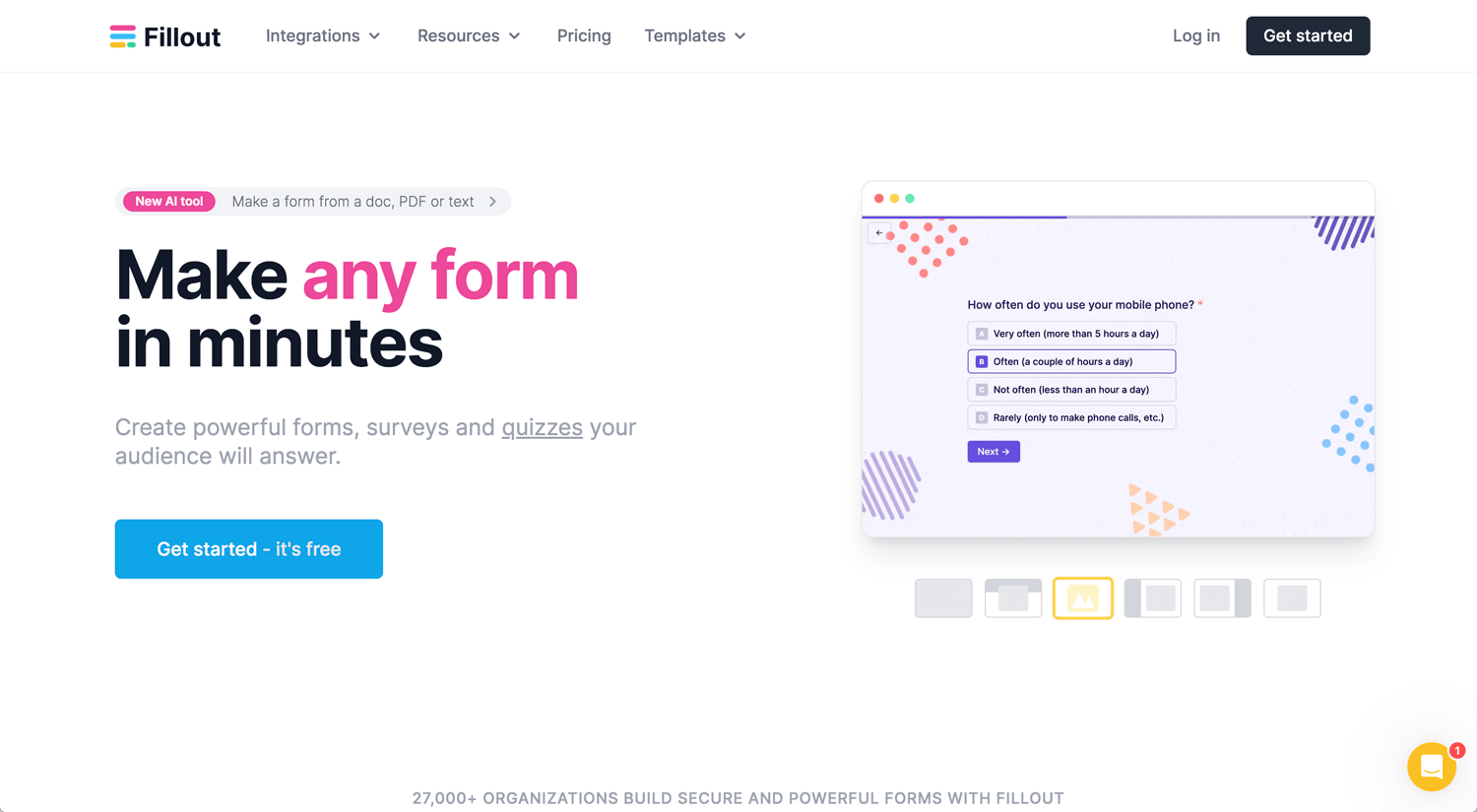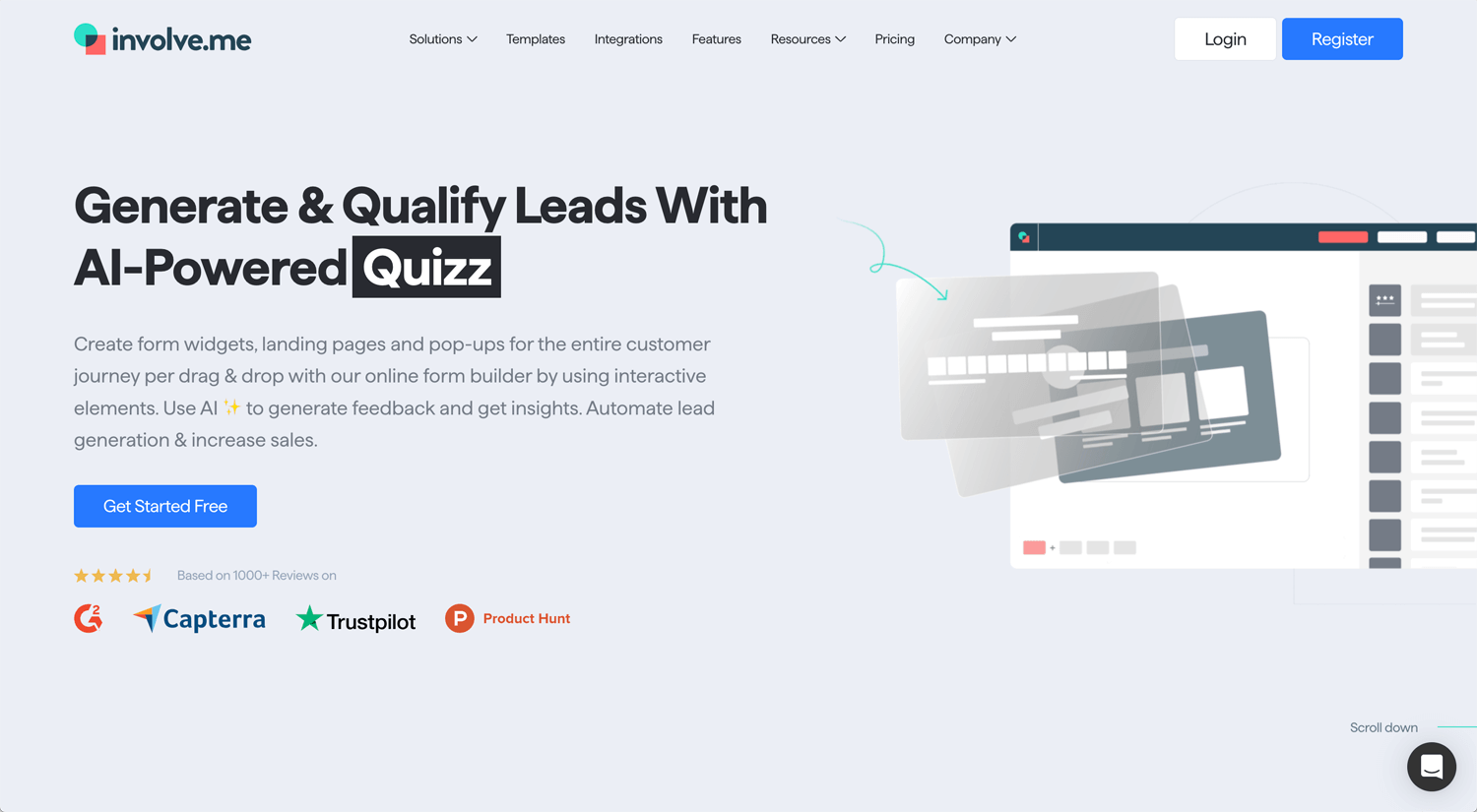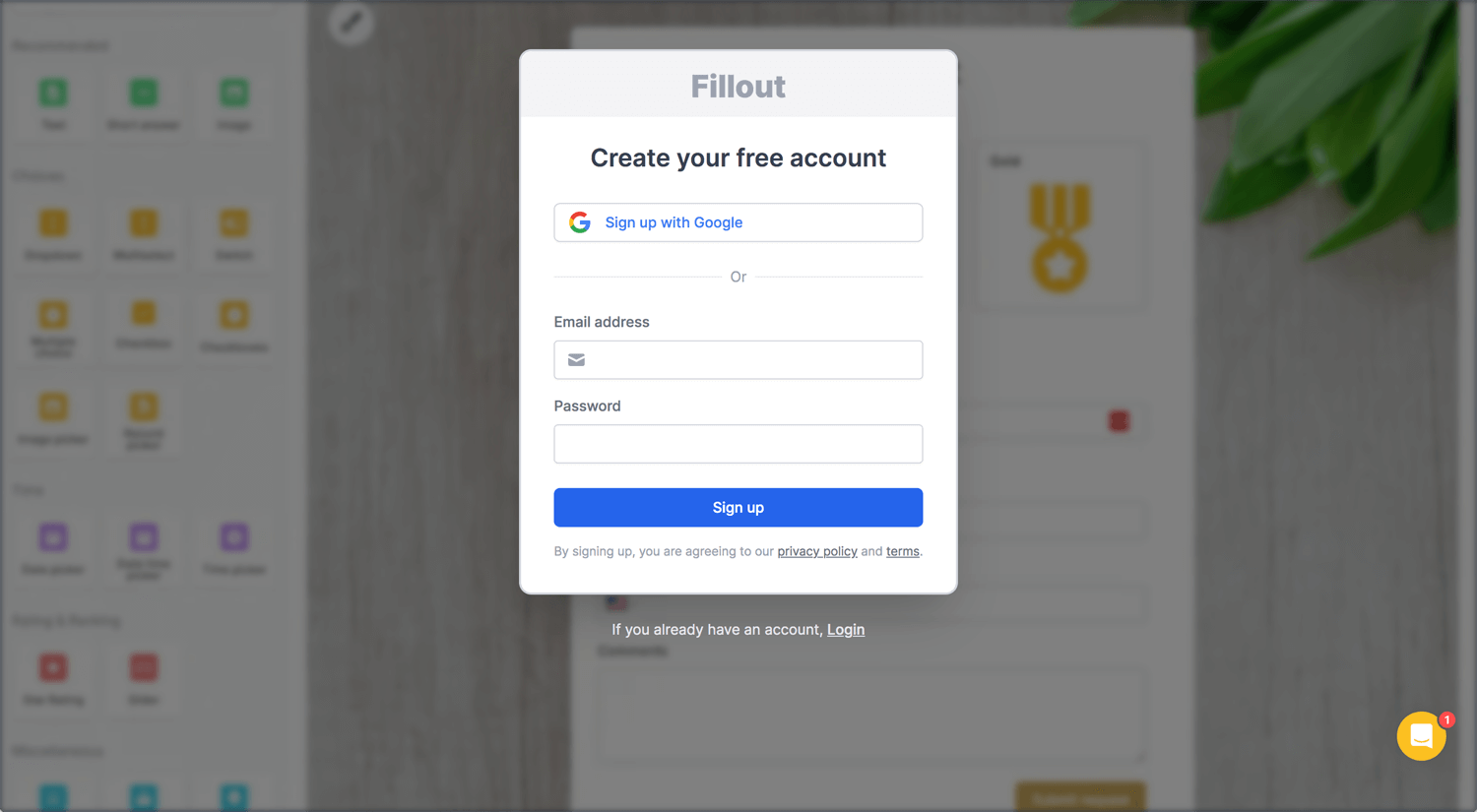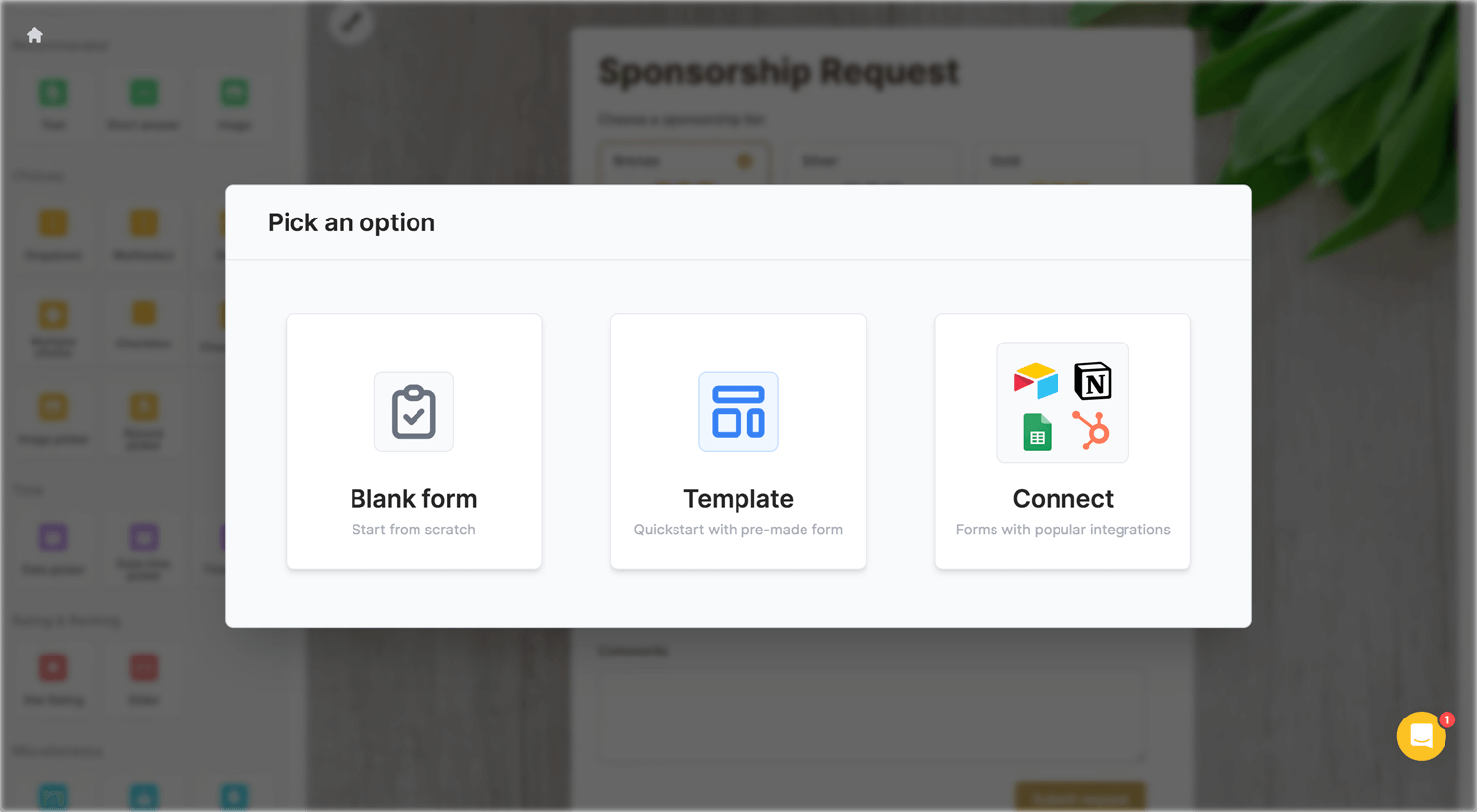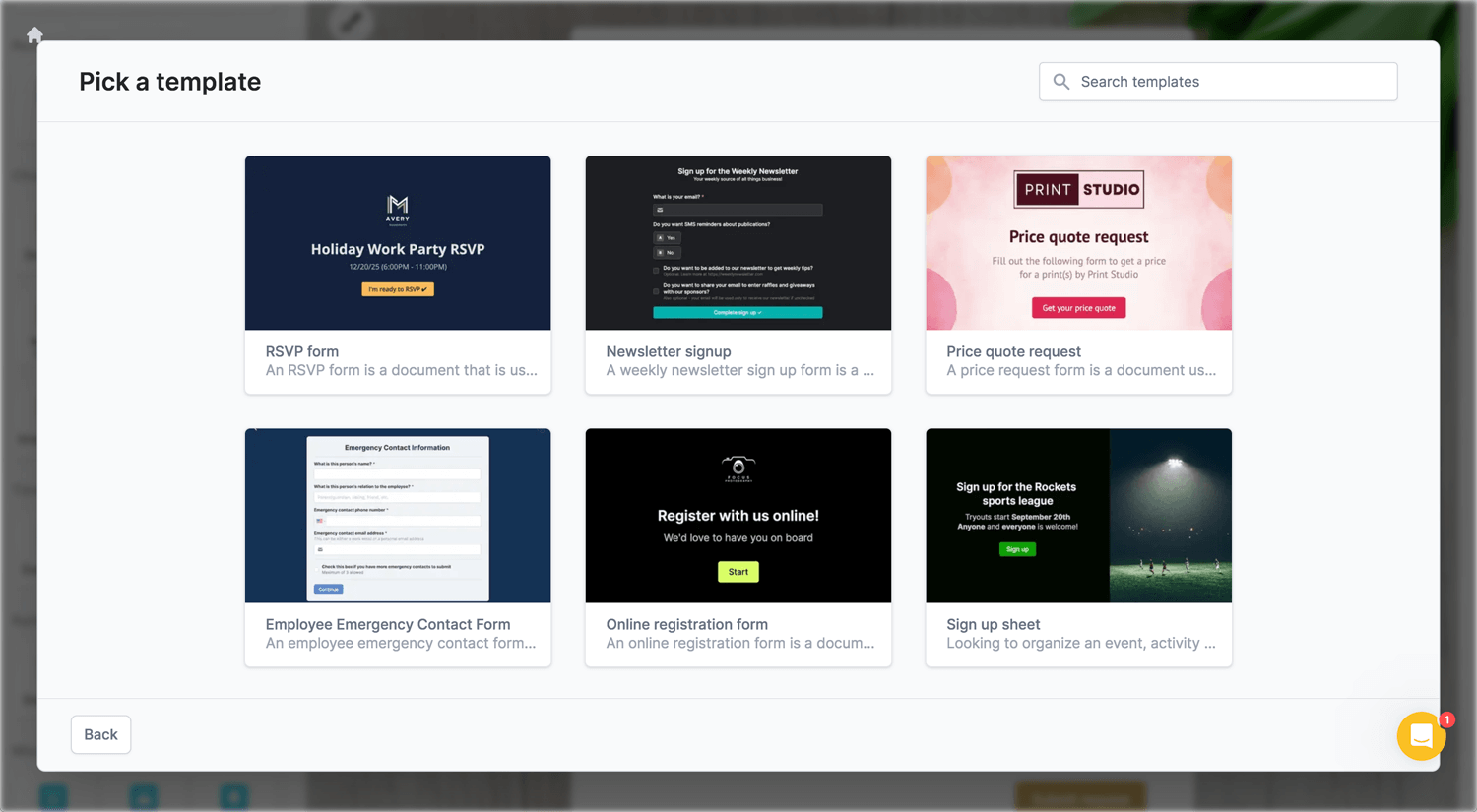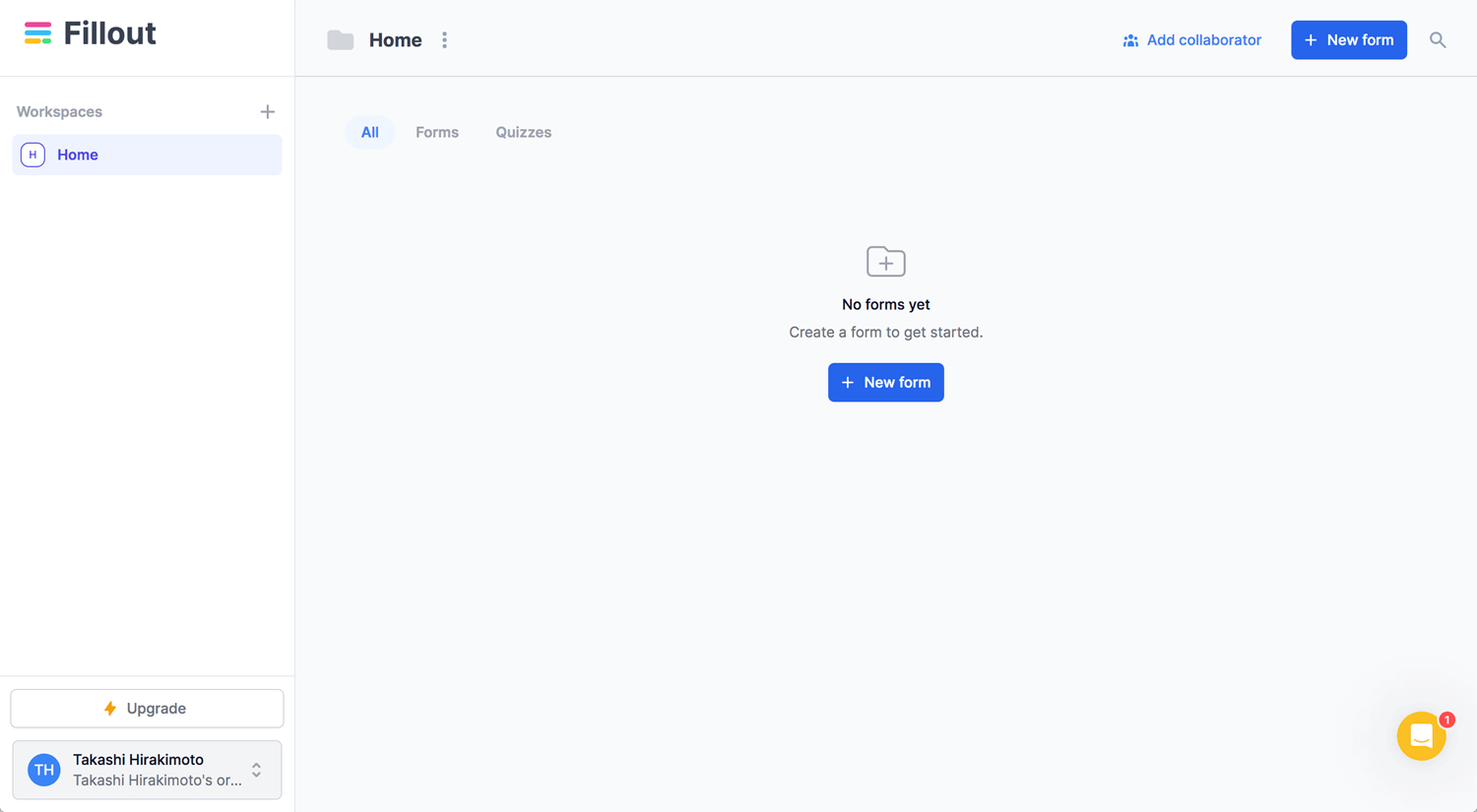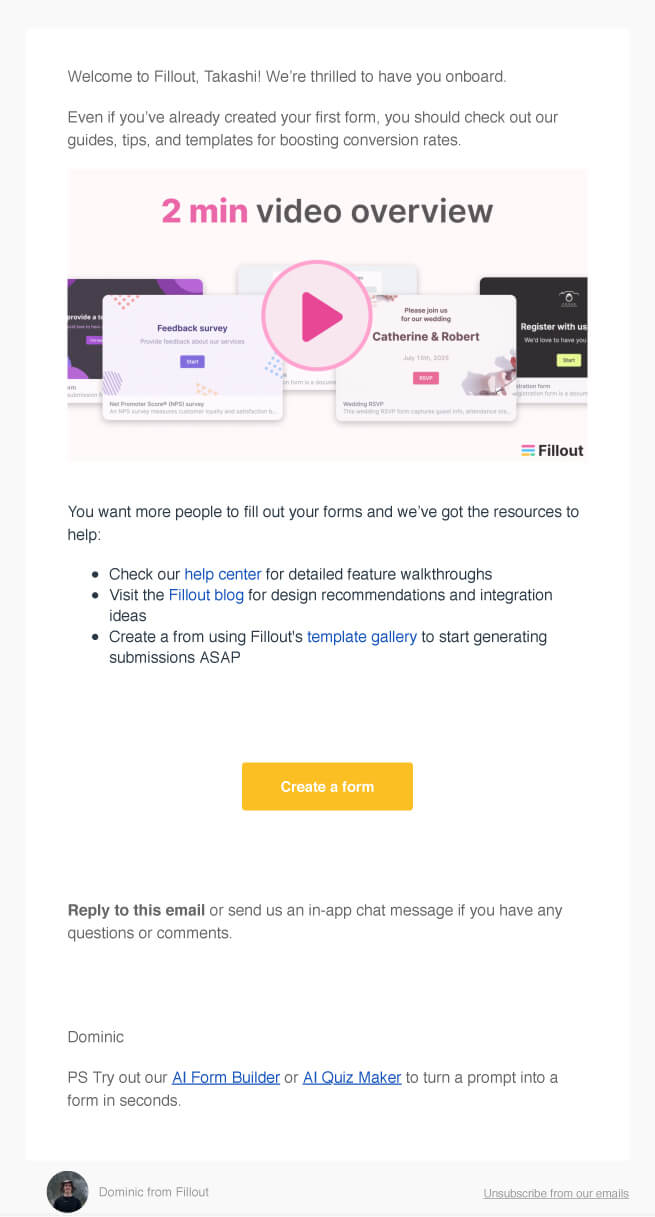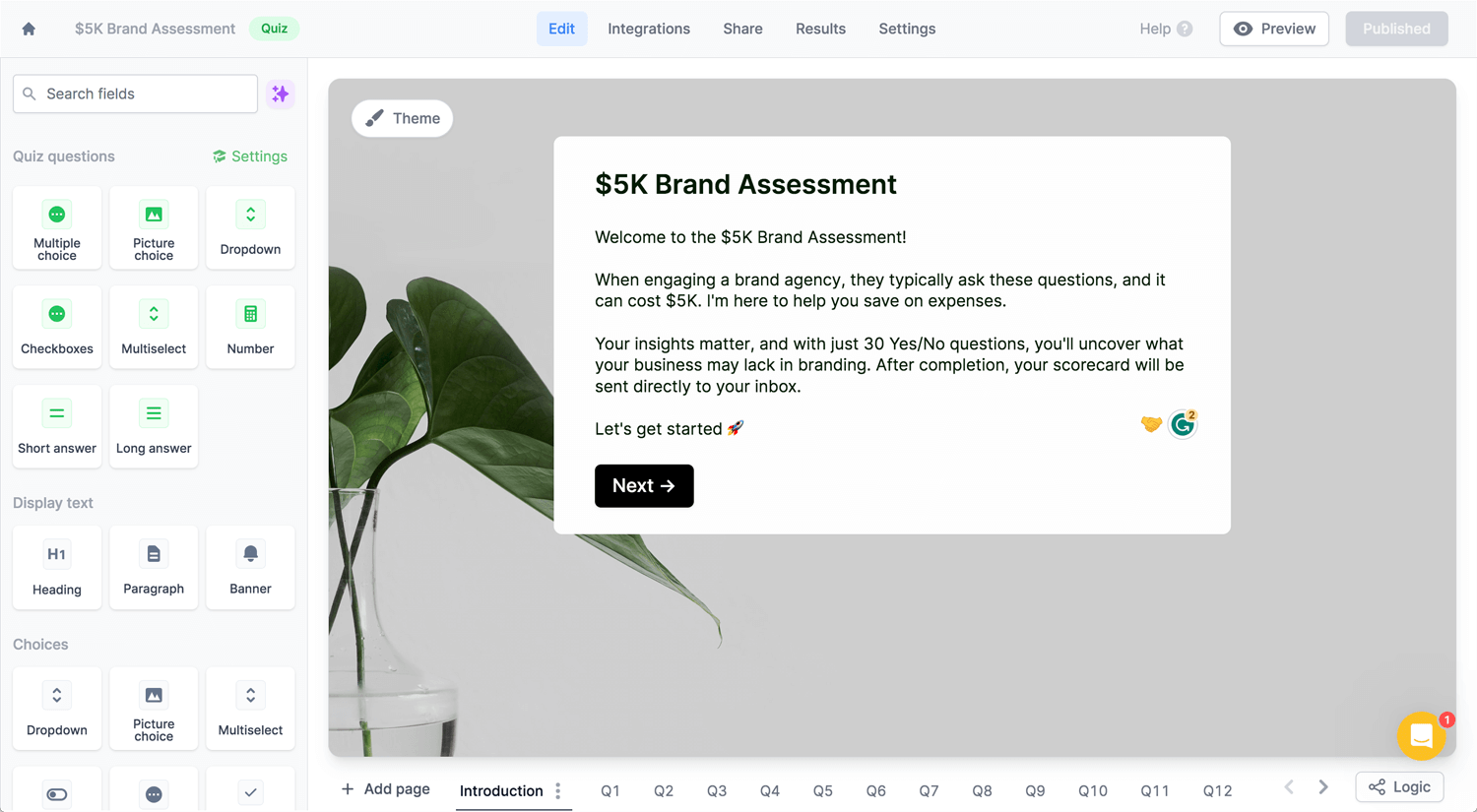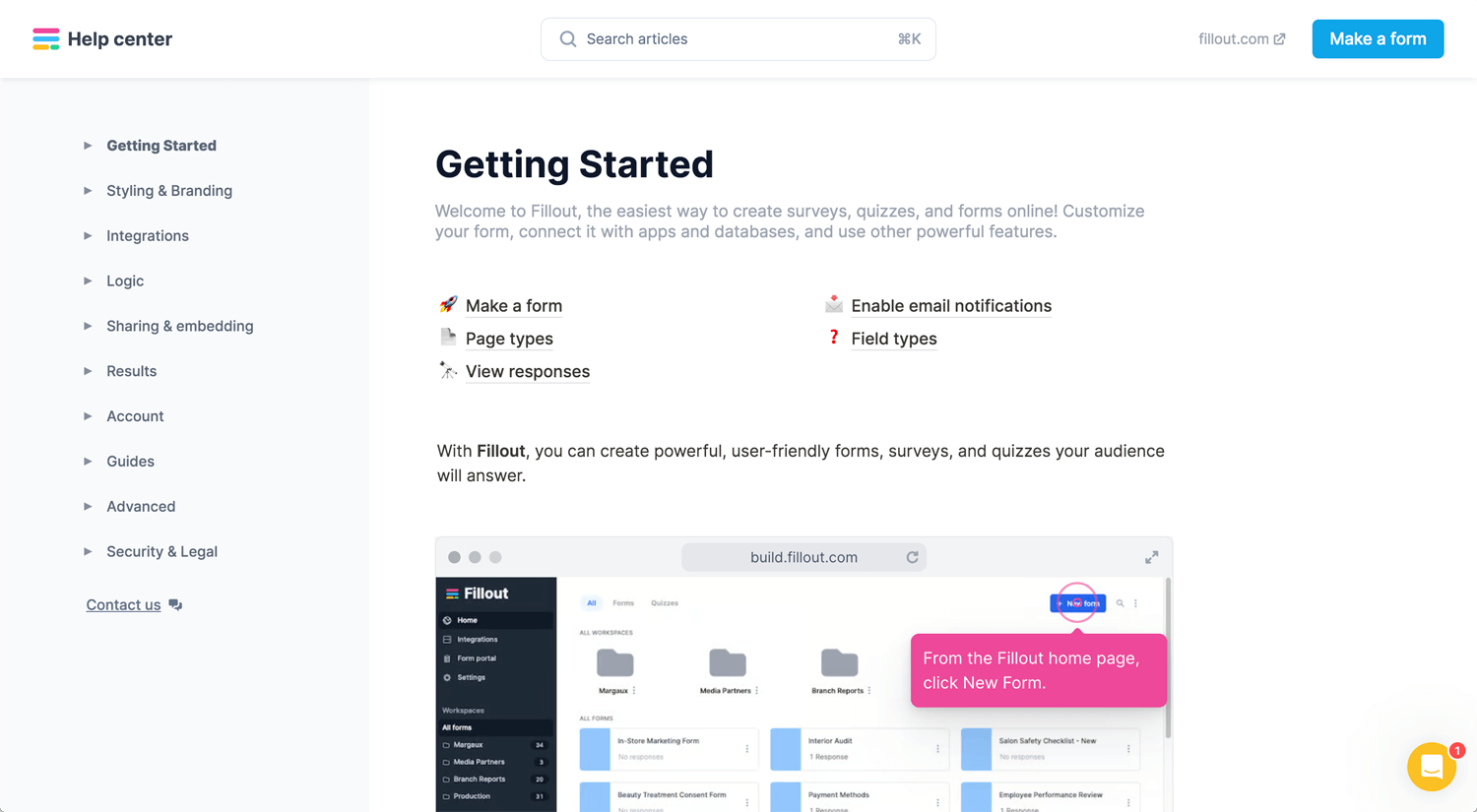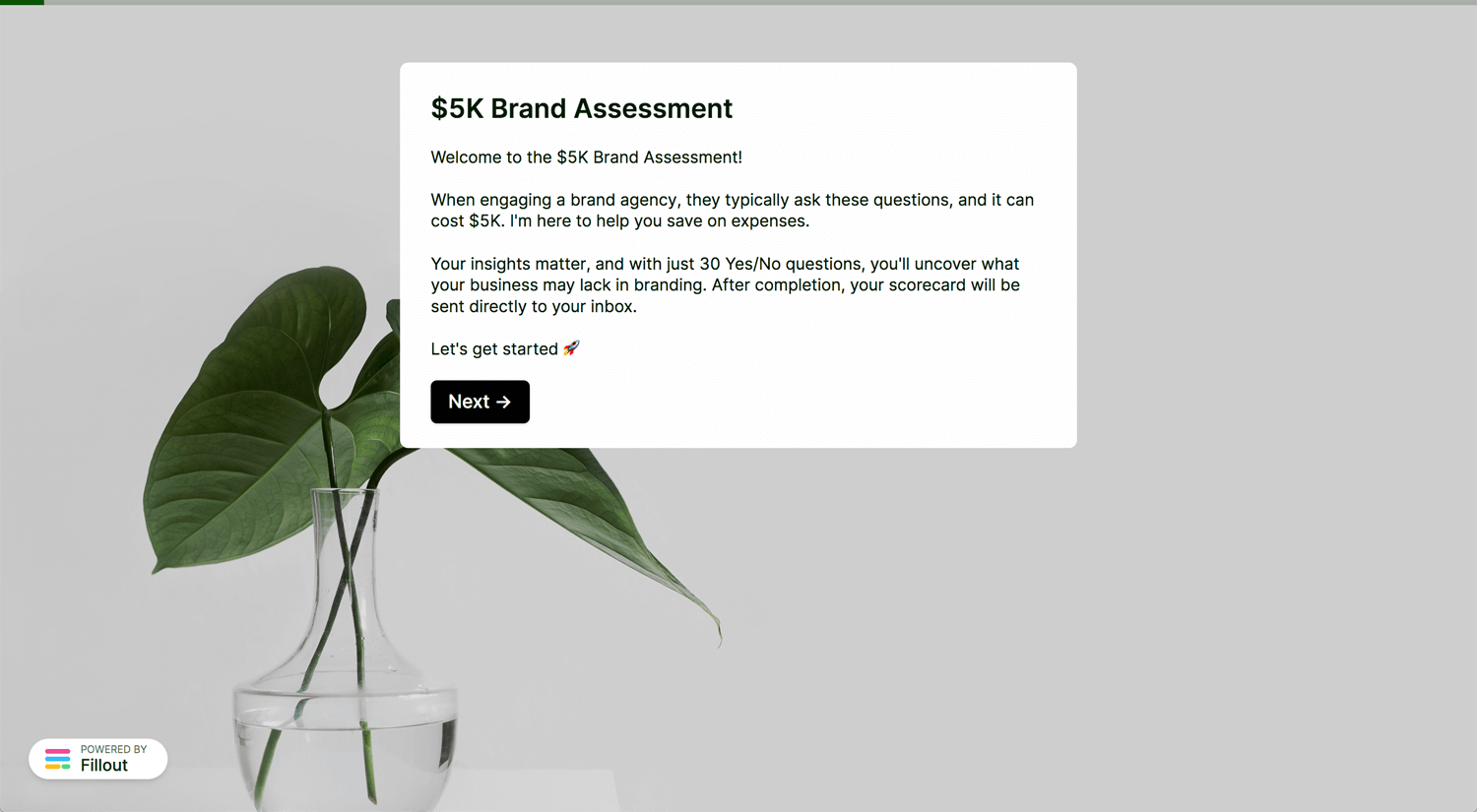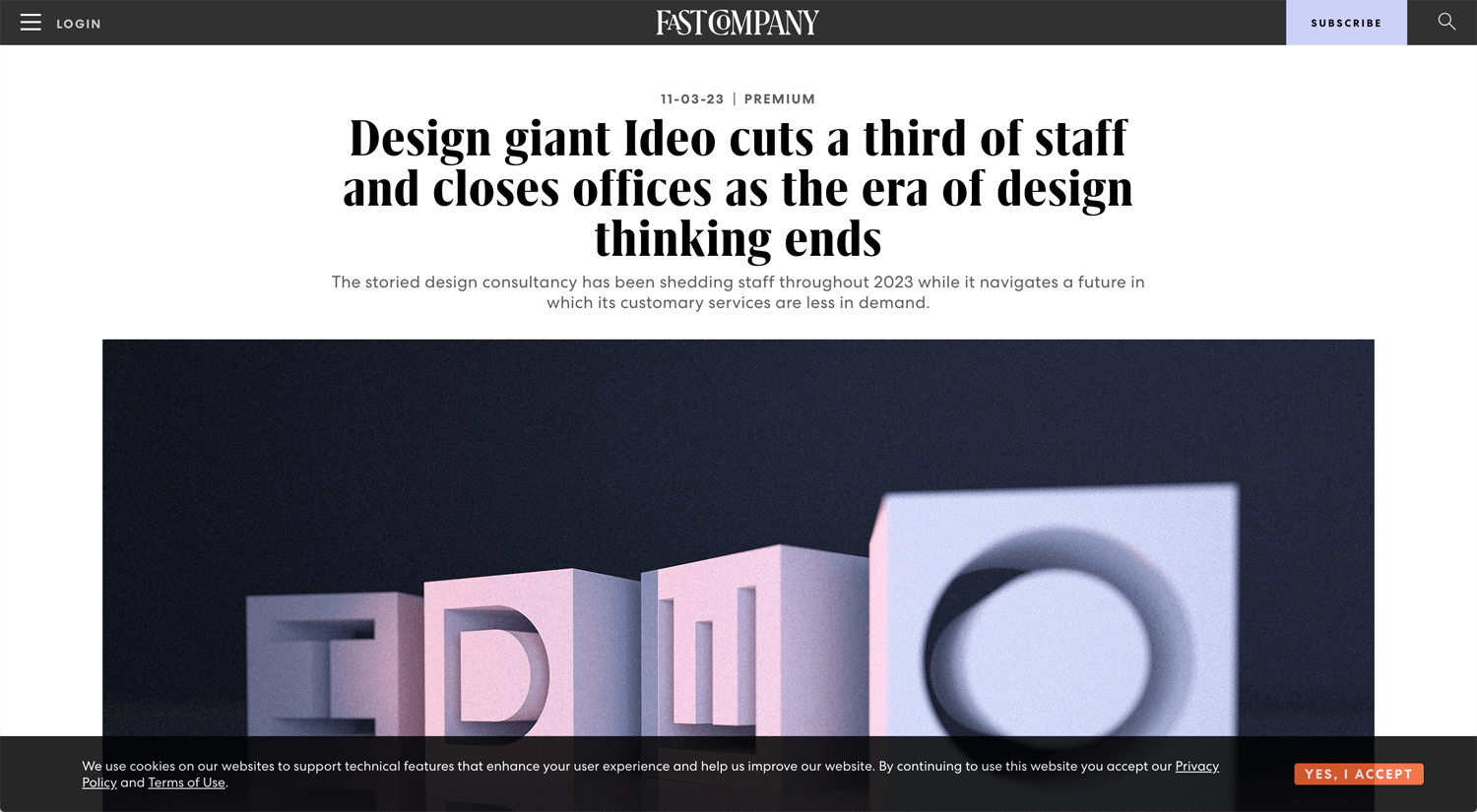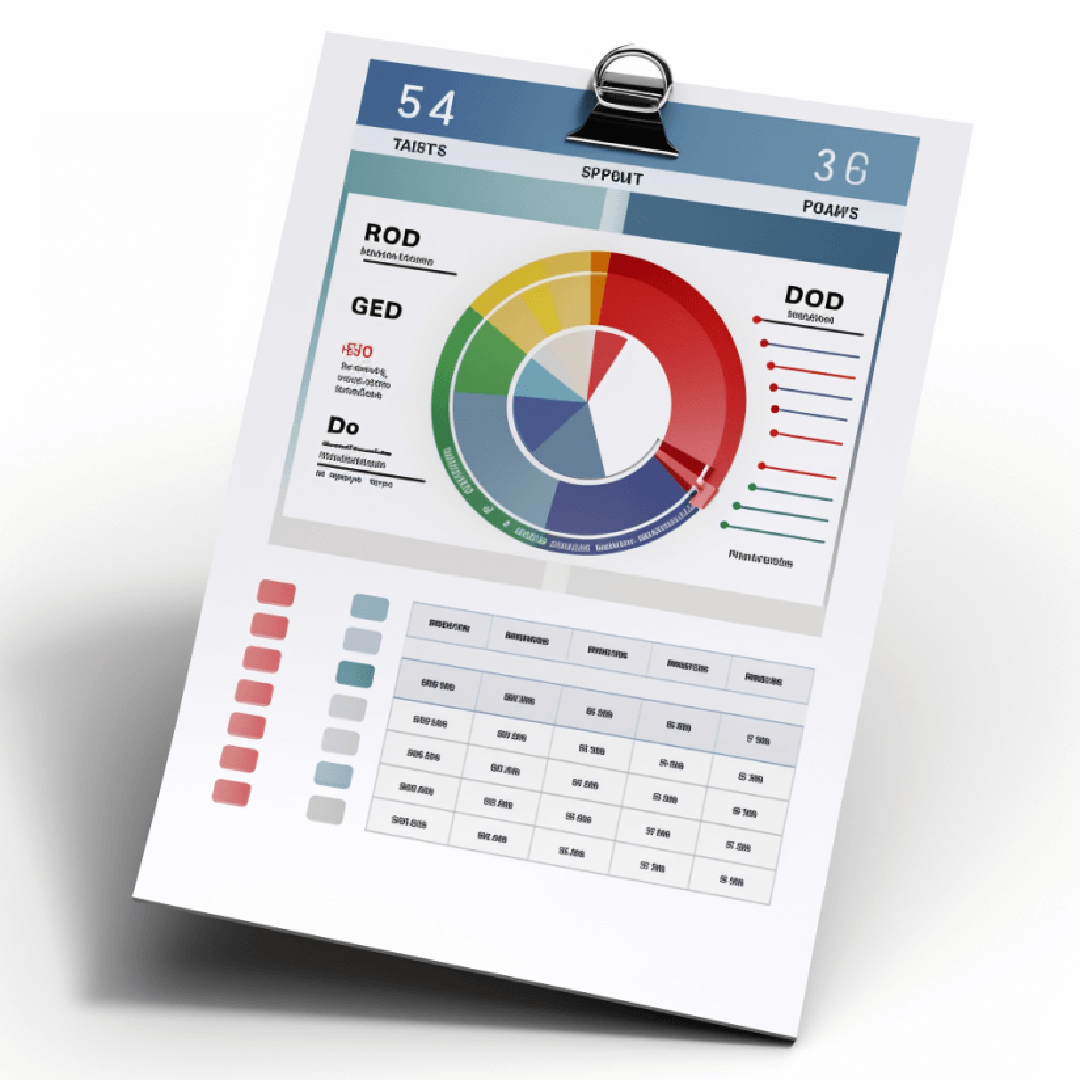Story: Business needs leads
Every business requires leads; they signify demand. Without leads, there is no business.
Lead generation is the process of identifying and attracting potential customers, or “leads,” who have expressed interest in a product or service. The goal is to initiate and nurture consumer interest to eventually convert them into paying customers. Various strategies and channels, such as digital marketing, content marketing, social media, and events, are commonly used in lead generation efforts. Businesses often use lead generation as a crucial step in their sales funnel to build relationships with potential customers and guide them through the purchasing process.
If you are a designer, you might come across unqualified leads on the website. While we don’t dedicate much time to it, we still aim to engage with our audience. One of the marketing methods we employ is a quiz. I noticed it when I visited a skincare website. At the time, I didn’t pay much attention, but now I realize it was designed for engagement.
This is the process of implementing the quiz (scorecard).
*I used the term “assessment” instead of “quiz” for my brand perspective. It doesn’t much matter for your business.
How lead generation works
Lead generation is a multi-step process aimed at identifying and attracting potential customers, or leads, who have shown interest in a product or service. Here’s a simplified overview of how lead generation works:
- Identification of Target Audience: The first step is to define and identify the target audience or potential customers who are likely to be interested in the product or service.
- Creation of Attractive Content: Businesses create compelling and relevant content, such as blog posts, e-books, webinars, or other resources, to attract the attention of the target audience.
- Use of Multiple Channels: Various channels are utilized to reach the audience, including websites, social media, email marketing, and advertising. This allows businesses to connect with potential leads where they spend their time online.
- Landing Pages and Forms: When a potential lead interacts with the content, they may be directed to a dedicated landing page where they can fill out a form with their contact information in exchange for valuable content or resources.
- Lead Magnets: Offering lead magnets, such as free trials, discounts, or exclusive content, can incentivize visitors to provide their information.
- Database and CRM Integration: Collected information is stored in a database or Customer Relationship Management (CRM) system for efficient organization and tracking of leads.
- Nurturing and Engagement: Through email marketing, personalized content, and other strategies, businesses nurture leads, providing them with valuable information to move them through the sales funnel.
- Qualification and Scoring: Leads are often categorized based on their level of engagement and interest. This helps businesses prioritize and focus their efforts on the most promising leads.
- Handoff to Sales Team: Once a lead reaches a certain level of engagement or qualification, they are handed off to the sales team for further communication and potential conversion.
- Analysis and Optimization: Continuous analysis of lead generation efforts allows businesses to identify what works and what doesn’t. Optimization ensures that strategies are refined for better results over time.
This process may vary based on the industry, target audience, and specific business goals, but these fundamental steps provide a general understanding of how lead generation functions.
How to enhance lead generation
Improving lead generation involves a combination of strategic planning, effective implementation, and continuous optimization. Here are some key strategies to enhance your lead generation efforts:
Understand Your Target Audience:
Clearly define your target audience and understand their needs, pain points, and preferences.
Create buyer personas to guide your marketing efforts and tailor your messaging.
Optimize Your Website:
Ensure your website is user-friendly, mobile-responsive, and has clear calls-to-action (CTAs).
Implement landing pages with concise forms to capture lead information.
Create Compelling Content:
Develop high-quality and valuable content that addresses your audience’s challenges.
Diversify content types, including blog posts, e-books, webinars, videos, and infographics.
Utilize Social Media:
Leverage social media platforms to engage with your audience and promote your content.
Run targeted social media ads to reach specific demographics.
Implement SEO Best Practices:
Optimize your website and content for search engines to increase organic traffic.
Use relevant keywords, create meta tags, and focus on building quality backlinks.
Offer Lead Magnets:
Provide incentives such as free trials, downloadable resources, or exclusive content to capture leads.
Ensure that your lead magnets align with the interests of your target audience.
Optimize Email Marketing:
Build and segment your email list for targeted campaigns.
Personalize emails, use compelling subject lines, and include clear CTAs.
Use Paid Advertising:
Invest in targeted online advertising to reach specific demographics.
Utilize platforms like Google Ads, Facebook Ads, and LinkedIn Ads for precision targeting.
Implement Marketing Automation:
Streamline repetitive tasks with marketing automation tools.
Set up automated email campaigns, lead scoring, and nurturing workflows.
Measure and Analyze Data:
Track key performance indicators (KPIs) such as conversion rates, website traffic, and lead acquisition costs.
Use analytics tools to gain insights and identify areas for improvement.
A/B Testing:
Experiment with different elements of your campaigns, such as headlines, images, and CTAs.
Conduct A/B testing to determine which variations yield the best results.
Optimize Conversion Paths:
Streamline the conversion process on your website.
Minimize form fields while still collecting essential information.
Engage in Networking and Partnerships:
Attend industry events, webinars, and conferences to expand your network.
Explore partnership opportunities with complementary businesses.
Customer Referral Programs:
Encourage satisfied customers to refer others through referral programs.
Offer incentives for successful referrals.
Continuous Learning and Adaptation:
Stay informed about industry trends and evolving consumer behaviors.
Adapt your lead generation strategies based on performance data and market changes.
By combining these strategies and tailoring them to your specific business and industry, you can create a comprehensive lead generation approach that drives sustainable results. Regularly reassess and refine your tactics based on performance metrics and feedback from your audience.
Brand/Business assessment creation at Fillout.com
This is an MVP, so I did not pay much attention to the brand. My primary focus is on understanding how many people actually interact with the assessment. It took about 5 hours to functionally complete it, mainly because I faced challenges in setting up the logic. I also stuck to set up the score. When I tested the assessment, the score did not count and it took me a while to figure out the issue.
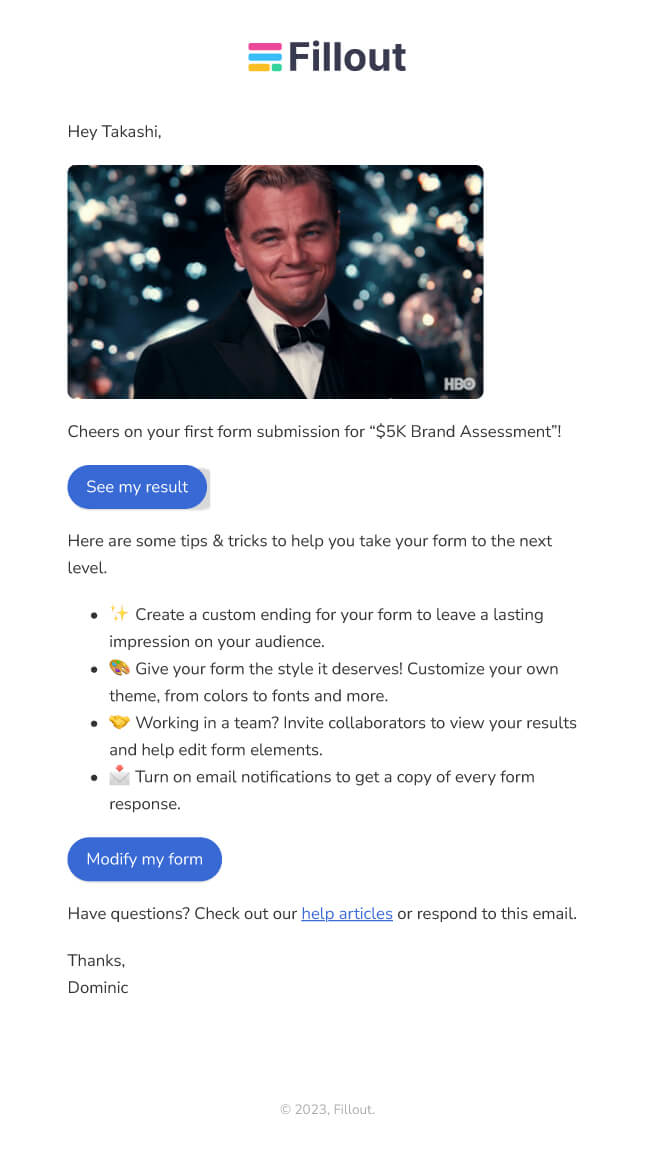
I tested the function myself and received a notification after the first form submission.
Generate Leads Summit 2022 | Google Ads
©Google Ads
I have set up lead generation, but when considering the user flow, merely setting up lead generation is not sufficient. I am driving users to the website, utilizing Google Ads as one of the resources.
User flow
- Awareness:
The user becomes aware of your brand through various channels such as social media, search engines, word of mouth, or advertising. - Interest:
Intrigued by your brand or content, the user expresses interest and begins to explore your website or social media profiles to learn more. - Engagement:
The user actively engages with your content, possibly by reading blog posts, watching videos, or interacting on social media. This stage is crucial for building a connection. - Consideration:
As the user develops a stronger interest, they may start considering your products or services. They might compare your offerings with competitors and seek more in-depth information. - Lead Generation:
The user provides their contact information, often through forms on landing pages, sign-ups, or by subscribing to newsletters. This step transforms the user from a visitor to a lead. - Nurturing:
Engage with the lead through targeted email campaigns, personalized content, and relevant resources to build trust and guide them further into the sales funnel. - Decision:
The user is ready to make a decision. They may request a demo, contact your sales team, or move towards the purchase process. - Purchase:
The user makes a transaction, whether it’s purchasing a product, signing up for a service, or completing another desired action. - Post-Purchase Engagement:
After the purchase, the focus shifts to post-purchase engagement. Provide excellent customer support, ask for feedback, and encourage users to share their experiences. - Advocacy:
Satisfied customers may become advocates for your brand. They may refer friends, leave positive reviews, or engage in user-generated content, contributing to brand loyalty and word-of-mouth marketing. - Retention:
Implement strategies to retain customers, whether through loyalty programs, exclusive offers, or ongoing communication. Retained customers often become repeat customers. - Upsell/Cross-sell:
Identify opportunities to upsell or cross-sell additional products or services to existing customers based on their preferences and behavior. - Referral:
Encourage satisfied customers to refer others to your brand. Word-of-mouth referrals can be a powerful driver of new leads and customers. - Re-engagement:
For users who have disengaged or become inactive, implement re-engagement campaigns to bring them back into the customer journey. - Feedback Loop:
Establish a feedback loop by gathering insights from customer interactions. Use this information to refine and improve the user journey continually.
Conclusion: Will be reported a few months later
I set up free brand/business assessments. This isn’t a new technology or idea. We are in the AI era, and the significance of search has evolved. It’s a dynamic time, and I have to contemplate what the design service business truly entails.
©FastCompany
According to FastCompany, IDEO announced significant layoffs, office closures, and operational restructuring at a prestigious design firm, collaborating with brands like Apple and Coca-Cola. In a global meeting, Robson, in a blue cardigan and polka-dot scarf, shared that 125 people, about 25% of the 500 global workforce, will be laid off by year-end.
This is not a coincidence; it’s happening. Every designer must contemplate what the role of a designer will look like a year from now.
Reference:
Typeform: People-Friendly Forms and Surveys
ScoreApp: Advanced Quiz Funnel Marketing | Quiz Software
